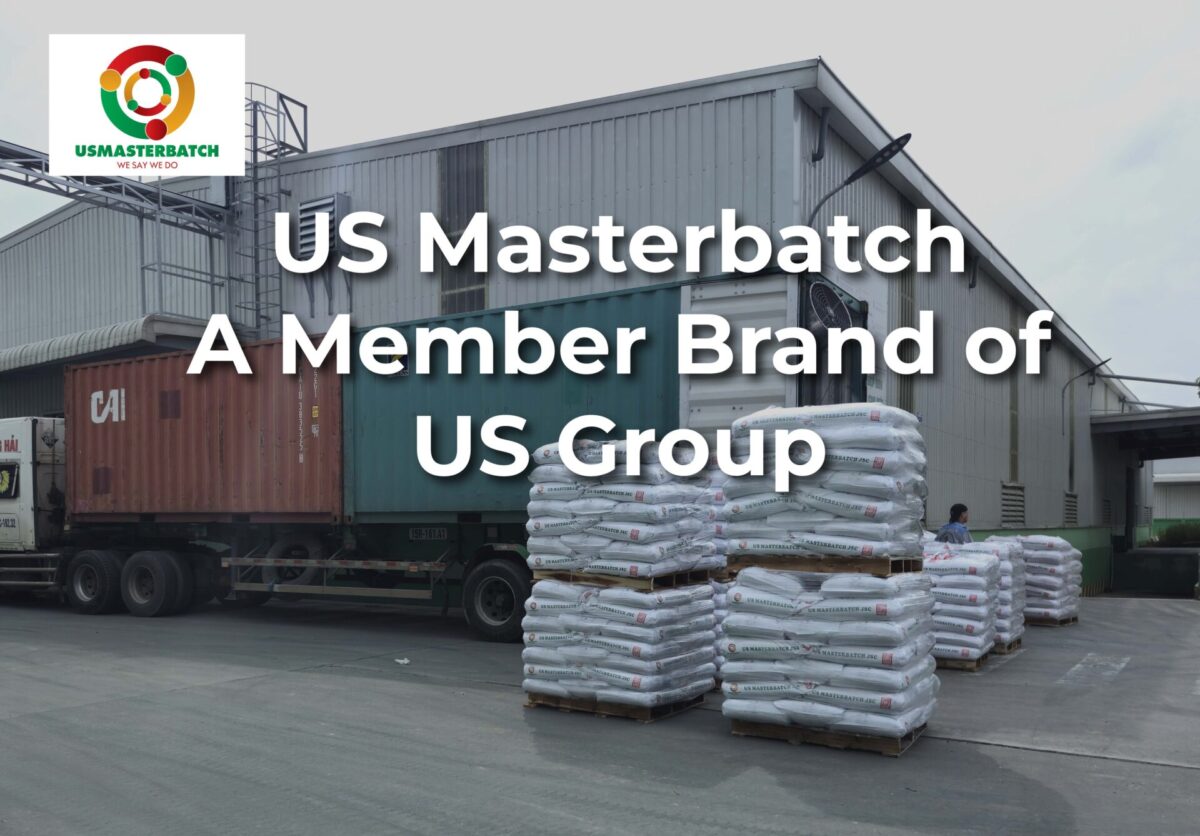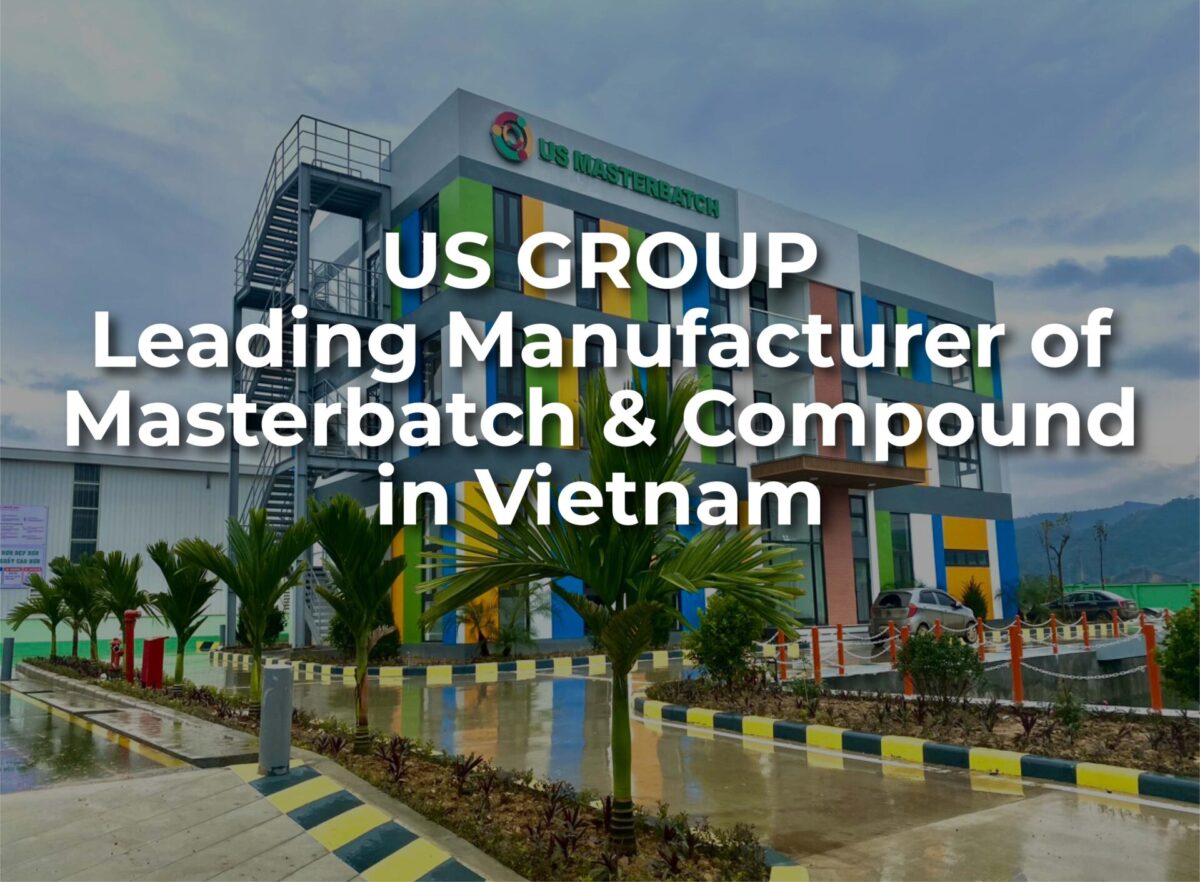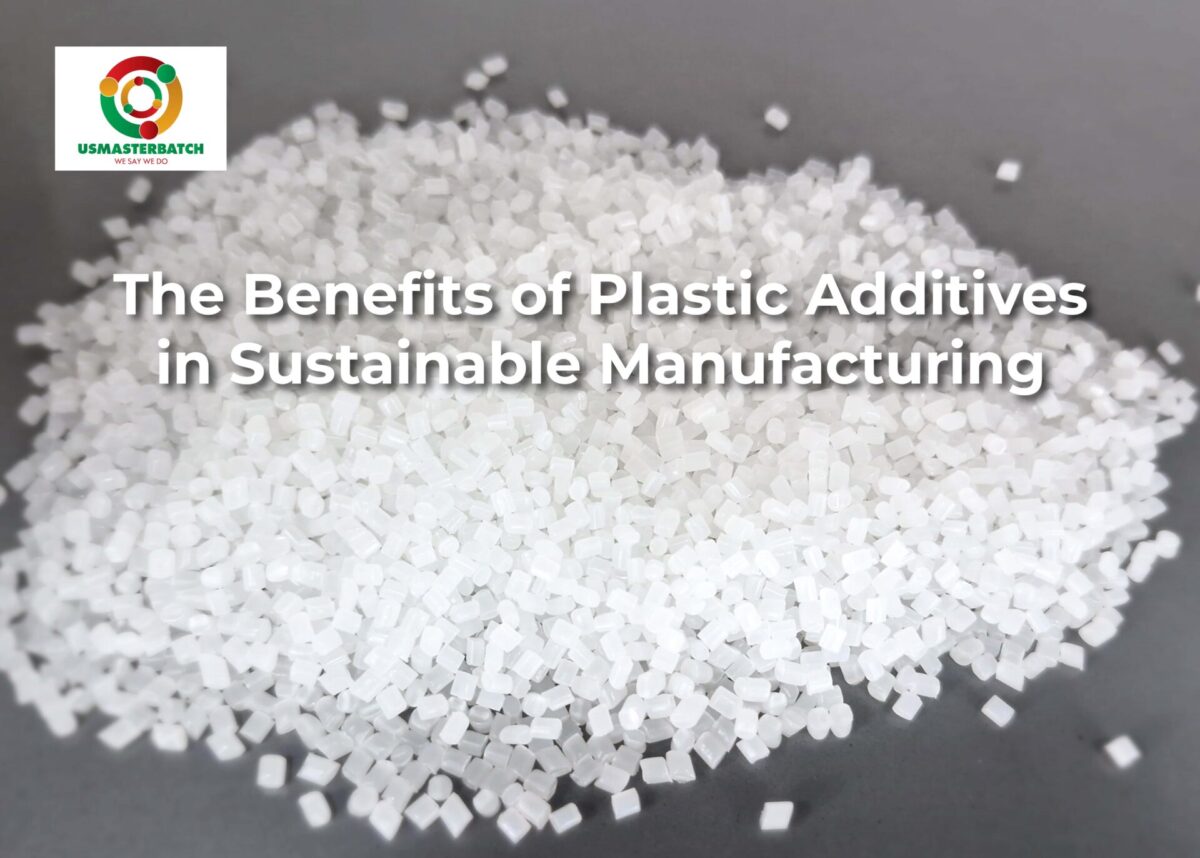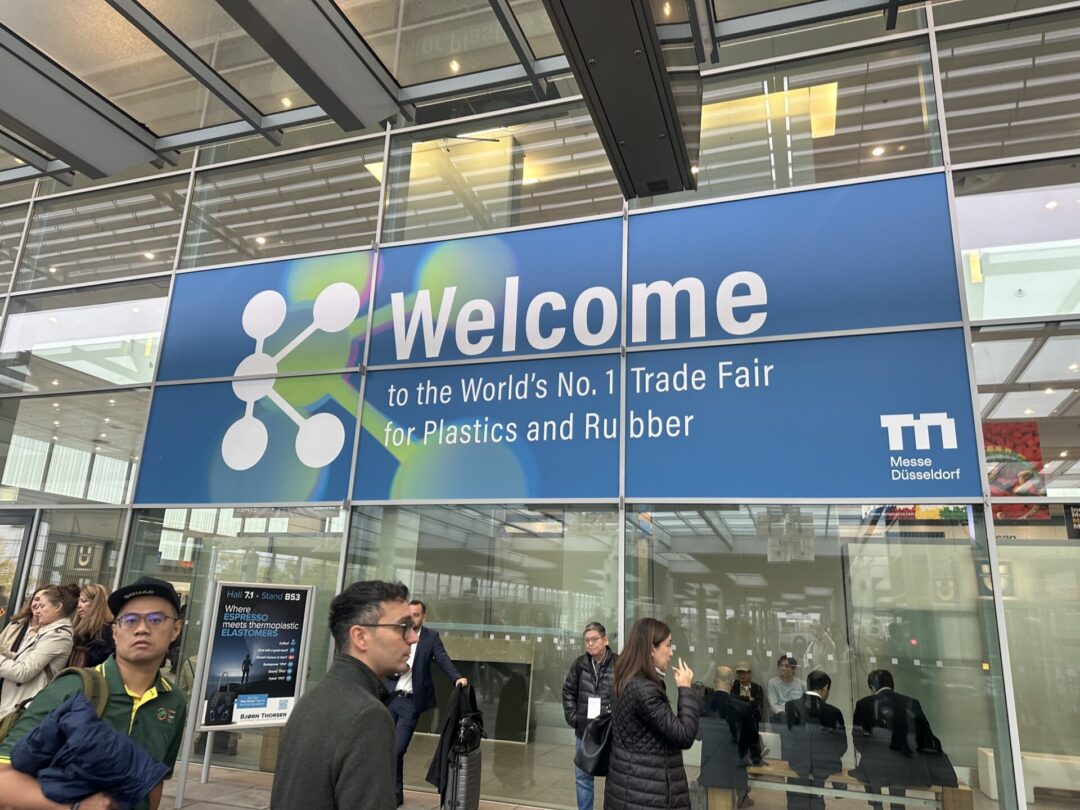
Taical and Its Applications in Plastics Industry – 碳酸钙填充母粒及其用途
In modern plastic manufacturing, reducing production costs while maintaining consistent quality has become a key priority for producers. CaCO₃ filler masterbatch (Taical) stands out as a strategic material that helps manufacturers achieve the ideal balance between performance and cost-efficiency. As market competition continues to intensify, the smart application of Taical is no longer just a cost-saving measure—it has evolved into a forward-thinking strategy that enhances product competitiveness and strengthens overall market positioning.
1. What is Taical?
Taical, also known as CaCO3 filler masterbatch, is a compound made from calcium carbonate (CaCO₃), polymer resin, and additives, used as a raw material in various plastic processing applications.
In addition to reducing production costs by partially replacing virgin Taical also helps improve certain mechanical and physical properties of the final products.

2. Applications
2.1 Injection Moulding
Injection moulding is one of the most widely used processes in the plastics industry, ideal for producing large volumes of identical parts with precision. In this process, plastic resin is melted and injected into a tightly closed mould under high pressure. Once cooled and solidified, the material takes the exact shape of the mould and is ejected as a finished product. This technique allows for the creation of complex and highly accurate components, making it especially suitable for industries such as electronics, automotive, and consumer goods.
2.2 Extrusion
Extrusion is a continuous production method in which molten plastic is forced through a specially designed die to create products with a constant cross-section, such as pipes, profiles, and sheets. Renowned for its high efficiency and consistency, extrusion is one of the most commonly applied technologies in plastic manufacturing, delivering stable quality and excellent productivity.
2.3 Thermoforming
Thermoforming is a process where a plastic sheet is heated until soft and flexible, then formed over a mould using vacuum or pressure to achieve the desired shape. After cooling, the formed product is trimmed and finished. This method is widely adopted for making food packaging, trays, plastic cups, and other lightweight thin-walled products, thanks to its flexibility and cost-effectiveness.
2.4 Non-Woven Fabric
Non-woven fabric is made by bonding short fibers or continuous filaments through mechanical, thermal, or chemical methods, without weaving or knitting. With its lightweight, breathable, durable, and economical characteristics, non-woven fabric has become a versatile material used in medical supplies (face masks, gowns), agriculture (crop covers), and everyday products (shopping bags, filter materials, wet wipes, etc.).
2.5 PP Raffia
PP Raffia, also called polypropylene woven fabric, is produced by extruding PP resin into flat tapes, which are then woven using circular or flat looms to create a strong yet lightweight structure. Owing to its excellent mechanical strength, tensile resistance, and weather durability, PP Raffia is extensively used for woven sacks, industrial packaging, and agricultural bags.
2.6 HDPE Tarpaulin
HDPE Tarpaulin is made from woven high-density polyethylene (HDPE) tapes and coated with PE or PVC to enhance waterproofing and durability. The fabric is lightweight, UV-resistant, tear-proof, and weather-resistant, making it ideal for truck covers, pond liners, shade structures, agricultural uses, and construction site protection.
2.7 Film Blowing
Film blowing is a manufacturing process where molten plastic is extruded through a circular die and inflated into a thin tubular film before being cooled and flattened. This method is widely used in producing flexible packaging materials such as plastic bags, food wraps, agricultural films, and industrial packaging, offering superior mechanical strength and flexibility.
2.8 Blow Moulding
Blow moulding is a technique used to produce hollow plastic products by inflating heated plastic inside a mould. Once cooled, the plastic takes the shape of the mould cavity, forming items such as bottles, jars, containers, and tanks. It is extensively used across the packaging, chemical, pharmaceutical, and food industries due to its efficiency and versatility.
Key Advantages of Taical (CaCO₃ Filler Masterbatch) in the Above Applications:
- Cost Efficiency:
With calcium carbonate (CaCO₃) as its core ingredient, Taical significantly reduces production costs by replacing part of the virgin resin. It also ensures a stable raw material supply, helping manufacturers maintain consistent production and improve market competitiveness. - Enhanced Mechanical Strength:
The addition of Taical enhances product rigidity, minimizes shrinkage during molding, and improves dimensional stability. This results in final products that are more durable and resistant to deformation under various processing conditions. - Broad Compatibility:
Thanks to its stable chemical structure and appropriate hardness, Taical can be easily blended with multiple carrier resins such as PP, PE, and PS. This versatility makes it suitable for a wide range of applications while enhancing product functionality and value. - Improved Processing Stability:
In manufacturing processes like film blowing and fiber extrusion, Taical ensures better heat distribution, reduces the formation of bubbles and surface defects, and improves overall product quality, appearance, and consistency.
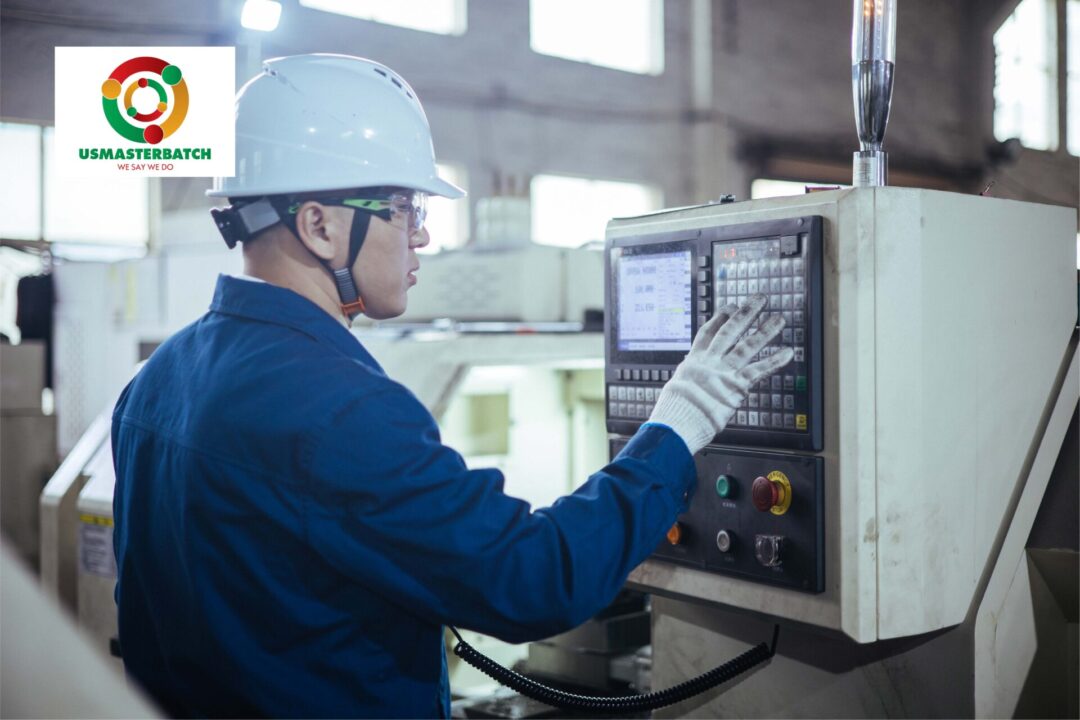
—
碳酸钙填充母粒及其用途
在现代塑料制造业中,在降低生产成本的同时保持产品质量稳定已成为制造商的核心目标之。
碳酸钙填充母粒(Taical)作为一种战略性材料,帮助生产商在性能与成本之间实现理想平衡。随着市场竞争的不断加剧,Taical的智能化应用已不仅仅是节约成本的措施,更是一种前瞻性的策略,能够提升产品竞争力并强化企业的市场地位。
1. 什么是Taical?
Taical,也称为碳酸钙填充母粒(CaCO₃ filler masterbatch),是一种由碳酸钙(CaCO₃)、聚合物树脂和添加剂组成的复合材料,被广泛用作塑料加工工艺中的原料。
除了通过部分替代原生树脂以降低生产成本外,Taical还能改善塑料制品的部分机械性能和物理特性,从而提升产品的整体质量与价值。
2. 应用领域 (Applications)
2.1 注塑成型 (Injection Moulding)
注塑成型是塑料行业中最广泛应用的工艺之一,非常适合批量生产高精度、形状一致的零件。在该过程中,塑料颗粒被加热熔融后,在高压下注入密闭模具中。冷却固化后,材料将形成与模具完全相同的形状,并被顶出成为成品。该技术能够制造结构复杂、尺寸精确的零部件,特别适用于电子、汽车和消费品等行业。
2.2 挤出成型 (Extrusion)
挤出成型是一种连续生产工艺,将熔融塑料通过专门设计的模具挤出,形成具有恒定横截面的产品,如管材、型材和板材。凭借高效、稳定的性能,挤出成型成为塑料制造中最常用的技术之一,能实现优异的生产效率和稳定的产品质量。
2.3 热成型 (Thermoforming)
热成型是一种将塑料片材加热至柔软后,通过真空或压力使其覆盖在模具上的成型工艺。冷却后,成型制品被修边并完成加工。由于工艺灵活、成本较低,该方法广泛用于生产食品包装、托盘、塑料杯等轻薄制品。
2.4 无纺布 (Non-Woven Fabric)
无纺布是由短纤维或连续长丝通过机械、热或化学方式粘合而成的材料,无需传统的编织或针织工艺。凭借轻便、透气、耐用及成本低等优点,无纺布广泛用于医疗用品(口罩、手术服)、农业(作物覆盖布)以及日常消费品(购物袋、过滤材料、湿巾等)。
2.5 PP 扁丝织物 (PP Raffia)
PP 扁丝织物(又称聚丙烯编织布)是通过将聚丙烯树脂挤出成扁丝后,在圆织机或平织机上编织而成。这种材料强度高、抗拉性好、耐候性强,广泛应用于编织袋、工业包装和农业用袋等领域。
2.6 HDPE 防水篷布 (HDPE Tarpaulin)
HDPE 篷布由高密度聚乙烯(HDPE)扁丝织造而成,并覆以 PE 或 PVC 涂层以增强防水性和耐用性。该材料轻便、抗紫外线、抗撕裂且耐候性优异,广泛用于农业、建筑、运输等领域,如卡车篷布、池塘衬垫、遮阳棚及工地防护等。
2.7 吹膜成型 (Film Blowing)
吹膜成型是一种将熔融塑料通过圆形模具挤出并吹胀成薄膜管的工艺,随后冷却并压平。该方法广泛用于生产柔性包装材料,如塑料袋、食品保鲜膜、农用薄膜及工业包装膜,具有优异的机械强度和柔韧性。
2.8 吹塑成型 (Blow Moulding)
吹塑成型是一种利用气压将加热后的塑料吹入模具中形成中空制品的工艺。冷却后,塑料会保持模具的形状,形成瓶、罐、容器或储罐等制品。由于工艺高效、应用广泛,该方法广泛应用于包装、化工、制药及食品行业。
Taical(碳酸钙填充母粒)在上述应用中的主要优势:
- 降低成本:
以碳酸钙(CaCO₃)为主要成分的填充母粒可有效替代部分原生树脂,从而大幅降低生产成本。同时,它还能确保原材料供应的稳定性,帮助制造商保持持续生产并提升市场竞争力。 - 改善机械性能:
添加Taical能显著提高产品的刚性,减少成型过程中的收缩,增强尺寸稳定性与耐久性,使最终产品更加坚固,不易变形。 - 应用范围广泛:
由于其化学性质稳定、硬度适中,CaCO₃填充母粒可与多种树脂载体(如PP、PE、PS等)兼容,广泛适用于多种塑料制品,提升产品性能与附加价值。 - 改善加工稳定性:
在吹膜、纤维挤出等生产过程中,Taical可促进热量均匀分布,减少气泡与表面缺陷,从而提升产品外观、品质及加工稳定性。

